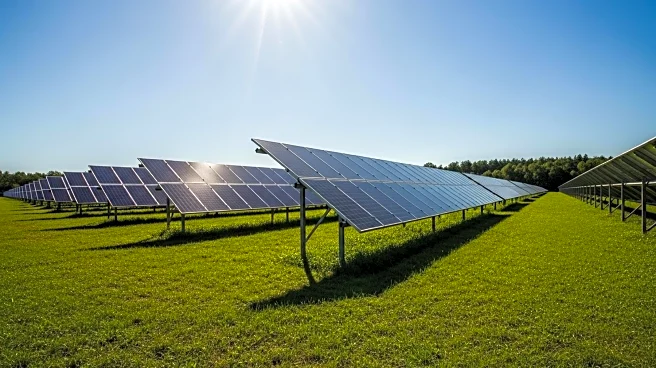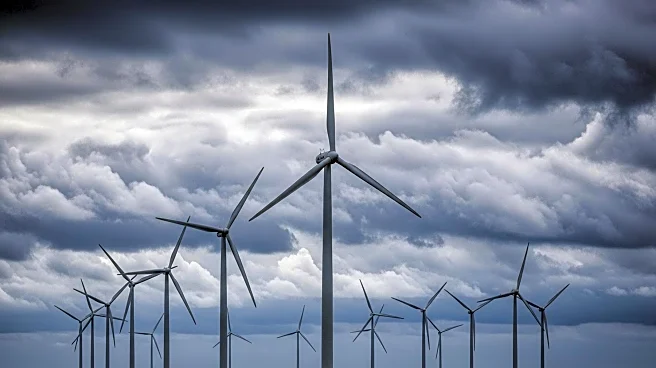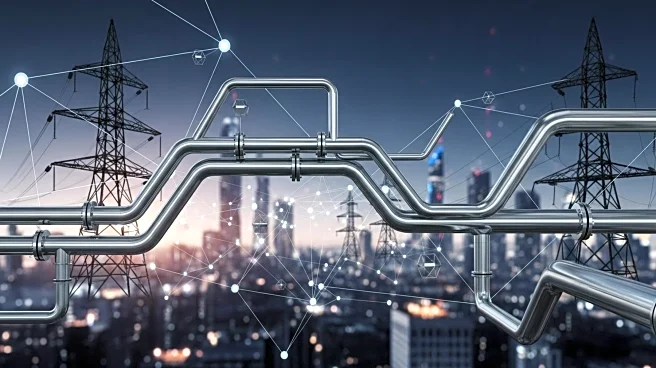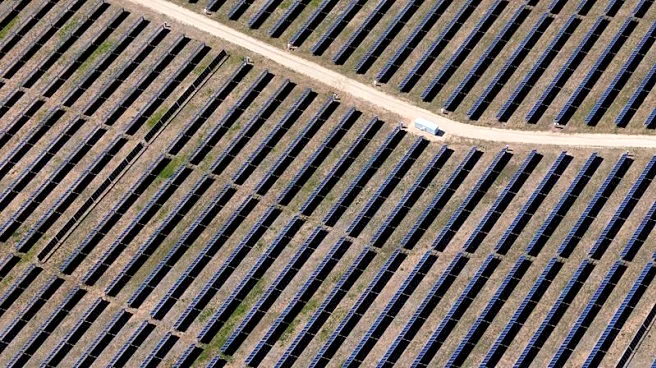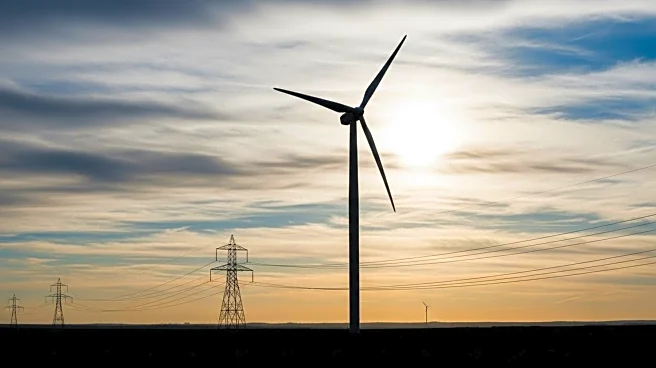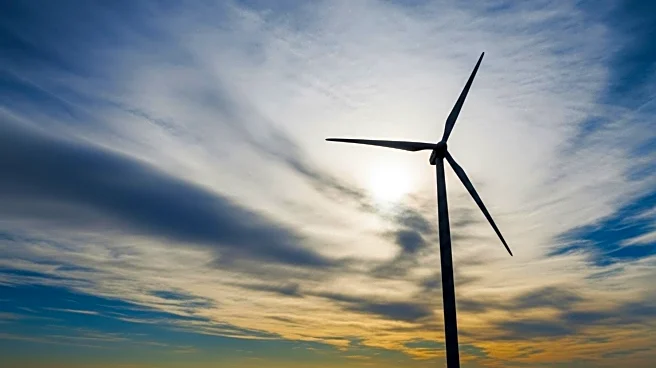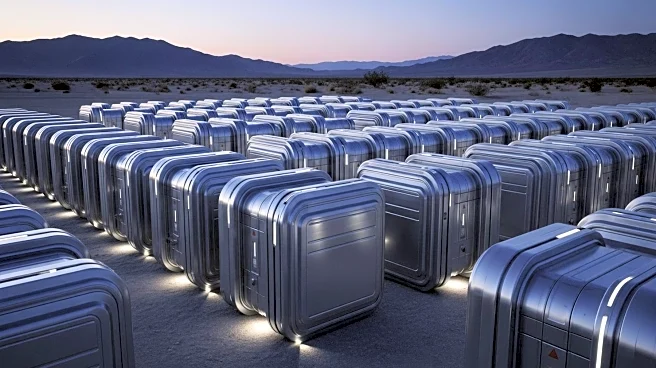Rapid Read • 7 min read
The Internal Revenue Service (IRS) has issued new guidance regarding the construction of wind and solar energy facilities, impacting the clean electricity production and investment credits. The guidance, part of the One Big Beautiful Bill Act, aims to prevent circumvention of statutory credit termination dates by requiring that physical work of a significant nature begins by July 4, 2026, to avoid accelerated termination provisions. The IRS has eliminated the 'Five Percent Safe Harbor' for most facilities, which previously allowed construction to be considered started based on costs incurred. The new rules emphasize the 'Physical Work Test,' focusing on the nature of the work rather than the cost, and require a continuous program of construction.
AD
This guidance is significant as it affects the eligibility for clean electricity production and investment credits, which are crucial for the development of renewable energy projects. By tightening the rules, the IRS aims to ensure that substantial portions of facilities are constructed before incentives are applied, potentially impacting the pace and scale of renewable energy development. The changes could lead to increased costs and planning challenges for developers, affecting the growth of the wind and solar sectors in the U.S. and potentially influencing the country's ability to meet renewable energy targets.
Developers of wind and solar projects will need to adjust their planning and construction timelines to meet the new IRS requirements. The focus will be on demonstrating significant physical work by the specified deadline to qualify for credits. This may lead to increased scrutiny and strategic adjustments in project management to ensure compliance. Stakeholders in the renewable energy sector may advocate for further clarifications or adjustments to the guidance to facilitate smoother transitions and continued investment in clean energy.
AD
More Stories You Might Enjoy
